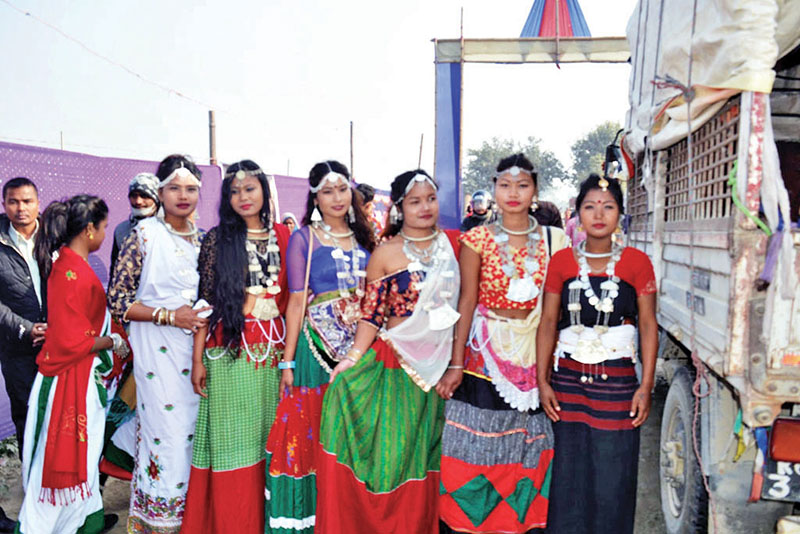Some of the Forestry Facts of Nepal
- Nature Khabar

• The total forest land covers about 5.83 million ha which is 39.6% of the total land of the country (GoN, 1999). This includes 29% with dense forest and remaining with shrubs.
• More than 25% population is below poverty line (NLSS 2011) where 70% is estimated to be forest dependent.
• According to a report (MFSC/NFA 2008), forestry contributes 9.5% to GDP in 2008 with direct products and 27.5% considering environmental services.
• According to Forest Resource Assessment during 1990’s Nepal’s deforestation rate is reported to be about 1.7% per year.
• Forest Act 1993 identifies two primary kind of forest (national and private) and five secondary kind of forest under national forest (Government Managed, Community Managed, Protected Forests, Leasehold Forest, Religious Forest, Private Forest)
• Community Forestry is one of the renowned participatory forest management schemes in Nepal. As of 2011, a total of 2.1 million households (about 40% of country total) through 17,685 Community Forest User Groups (CFUGs) are managing about 1.6 million ha (27.4% of country total) of national forests as community forests (Community Forestry Division, Department of Forest www.dof.gov.np).
• Pro-poor Leasehold Forestry is another form of participatory forest management with an aim to improve the livelihood of poor people. There are about 6,712 Leasehold Forest User Groups in Nepal which covers 62,735 households managing 38,997 ha of national forest (Leasehold Forest and Livelihood Programme, Department of Forest, 2011)
• Deforestation, degradation and fragmentation of wildlife habitat and biotic pressure in remaining forests of the country pose threat to effective biodiversity conservation which set out the need for protecting certain areas. There are 10 National Parks, 3 Wild Life Reserves, 6 Conservation Areas, 1 Hunting Reserve and 12 Buffer Zones in and around Parks/ Reserves which covers an area of 34,185 sq.km (23.3% of total area of the country) (DNPWC)
• Collaborative Forest Management in general is another form of participatory management being developed in Nepal aimed to manage forest in collaborative approach (MFSC Forest Policy 2000) jointly by key stakeholders e.g. local forest users, local government and state forest authority. There are 15 CFM in 8 Terai districts of Nepal which covers an area of 39,457 ha (Department of Forest, 2011).
• The recent studies from 20 Terai districts by MFSC, revealed that the rate of forest cover was increasing with an annual rate of 0.06% during 1990/91 to 2000/2001. Micro level studies and visual interpretations revealed that Nepal’s forest coverage and condition is significantly improving due to the Community Forestry intervention
.
• The economic study carried out by Livelihoods and Forestry Programme in 2008 in its 7 hill districts shows that there has been a large increase in household incomes between 2003 and 2008 amongst community users. There was 61% growth in the real incomes of the respondent 1 Includes some of the facts and figures compiled from various existing secondary sources for general knowledge (not official) households especially progress being made by poorest and most excluded social groups which resulted in narrowing the wealth gap. Contribution of forestry in income based poverty reduction was attributed to 25%.
• According to Community Forest Livelihoods Impact Study (2011) jointly conducted by Livelihoods and Forestry Programme (DFID), Nepal-Swiss Community Forestry Project (SDC) and Ministry of Forest and Soil Conservation; community forestry has emerged over the last thirty years into a radical approach for local-level change, shifting from a protection-oriented form of forestry through to a property rights regime that delivers multiple benefits from improved forest quality, to changes in the rights of individuals to claim forest benefits and a host of other social and non-forest benefits.
• Ministry of Forests and Soil Conservation (MFSC) is the lead government ministry, while other key stakeholders including civil society, NGOs, communities, private sector and donors are present in the forestry sector of Nepal.





Feedback